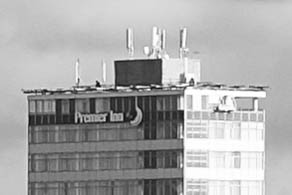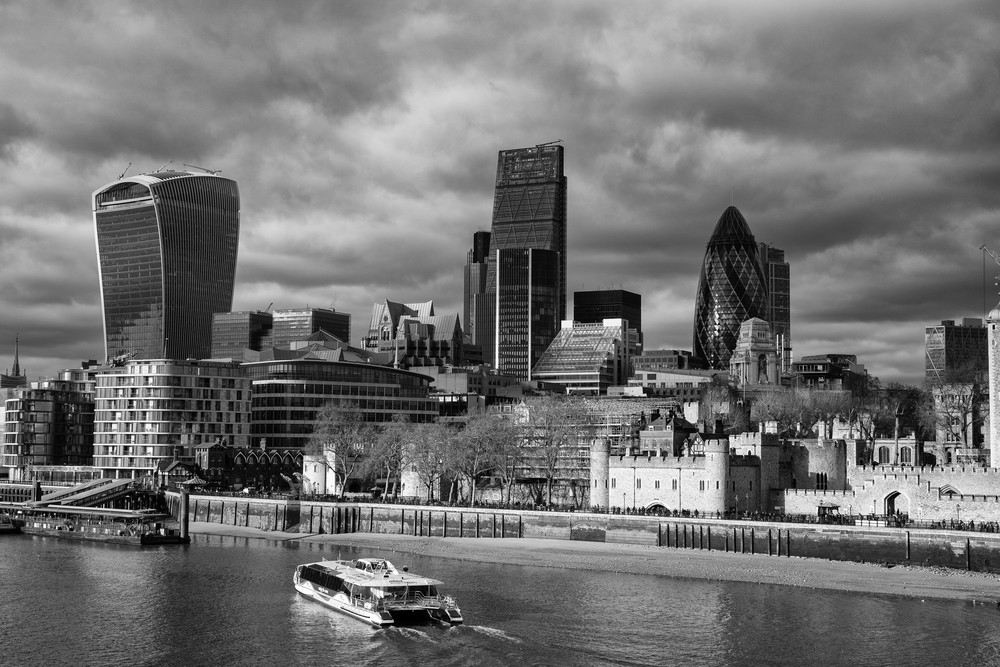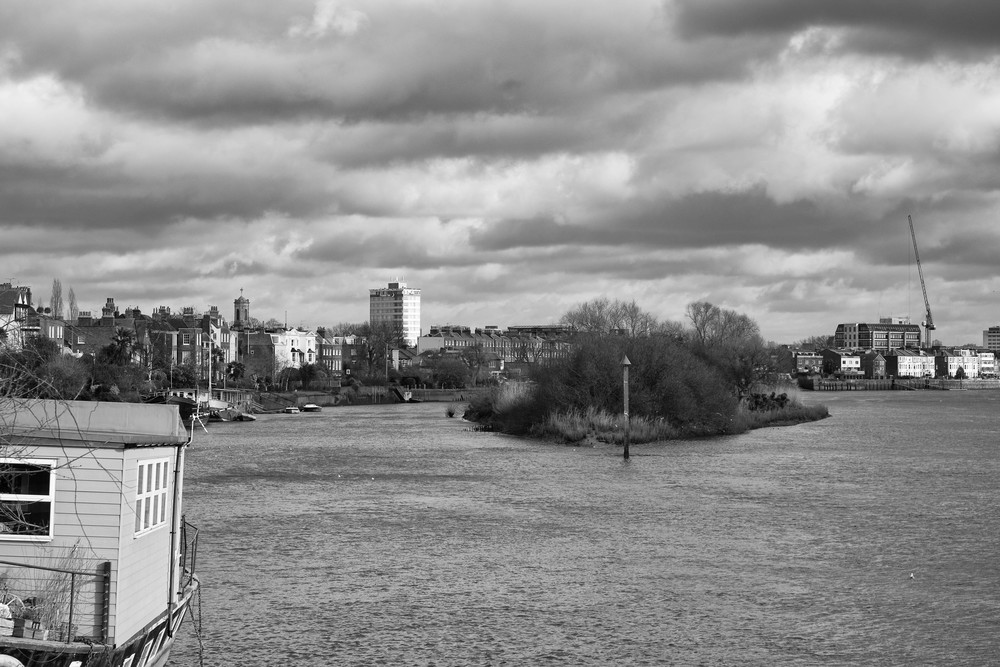
In the past week I’ve been out and about with Leica’s flagship M lens, the remarkable 50mm Apo-Summicron. Initial impressions are positive, particularly when it comes to the ergonomics. This lens is perfect: The smooth, silky focus ring features a finger tab, unlike the current non-Apo Summicron, and it is a joy to use. The aperture ring is second to none, precise and secure.
But the Apo’s party piece is the twist and lock hood, Peter Karbe’s latest refinement of the popular pull-out hood. We’ve seen it on the 50mm Summicron and 90mm Apo-Summicron, where it pulls out but doesn’t lock: Not ideal. We’ve seen it on the ergonomically preferable 75mm Apo-Summicron where it pulls out and twists to lock. Still not ideal.

Now, on Leica’s finest, this hood has been transformed into an triumph of ergonomics. It extends as you twist and, finally, locks into place with no danger of hood creep as found on the 50 and 90 Crons.
My challenge is to try this one lens on three disparate cameras. It has been on its soulmate Leica M-P and on the Sony A7 II in recent days. Both full-frame cameras, and I thought the results were well up to expectations.
The lens is now bolted to the Fuji X-T1 which, unlike the others, has the smaller APS-C sensor with its narrower angle of view. In effect, the same lens becomes a 75mm on the Fuji. So far I have not had the opportunity to take the Fuji out for an event, as I have done with the M-P and A7II. When I do, I expect some good results.
Later, when I have gathered more experience, I’ll be doing a full review of the three cameras with direct emphasis on their suitability for use with manual M-fit lenses such as those from Leica, Voigtländer and Zeiss. The 50mm Apo-Summicron is the one lens for this review: Might as well, it’s here and begging to be used.
Why the Fuji and the Sony and not other contenders such as the reportedly excellent Olympus OM-D E-M1? Nothing sinister or partisan here: The Fuji and Sony are on hand but I haven’t yet been able to prize a review E-M1 from the Olympus press office. Heavy hint, here.
To whet the appetite, above are a couple of first-clicks from the Fuji with this lens attached. More will follow. For first outings with the other cameras you can see the Civil War pictures (M-P) and Tower Bridge by night (Sony A7II), plus an additional couple of examples below.
Leica M-P and 50mm Apo-Summicron

A7 II and 50mm Apo-Summicron


